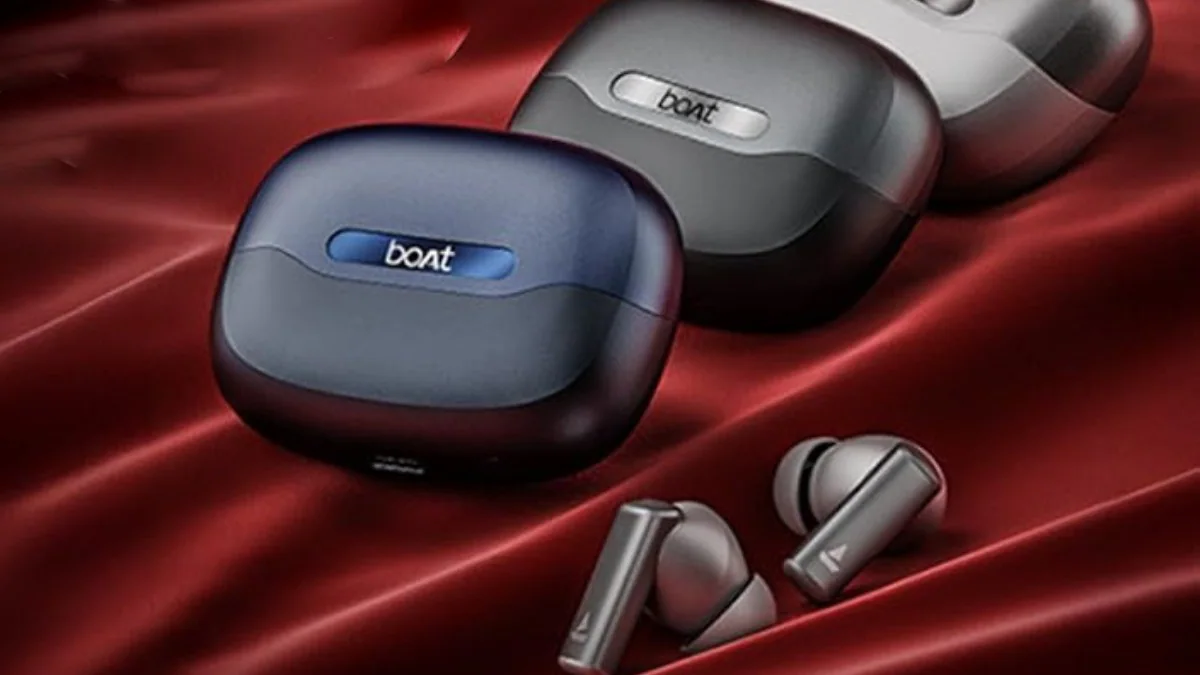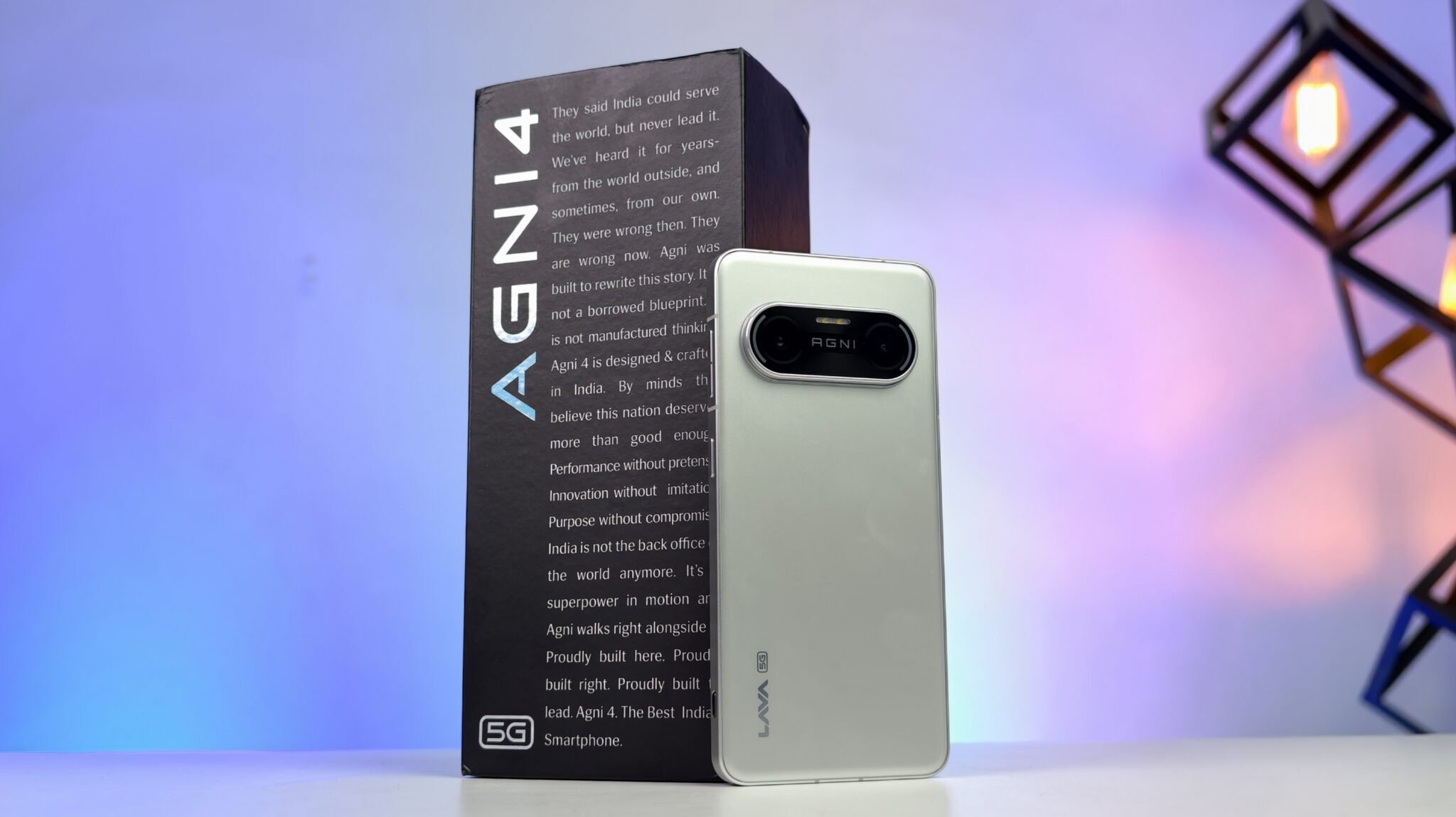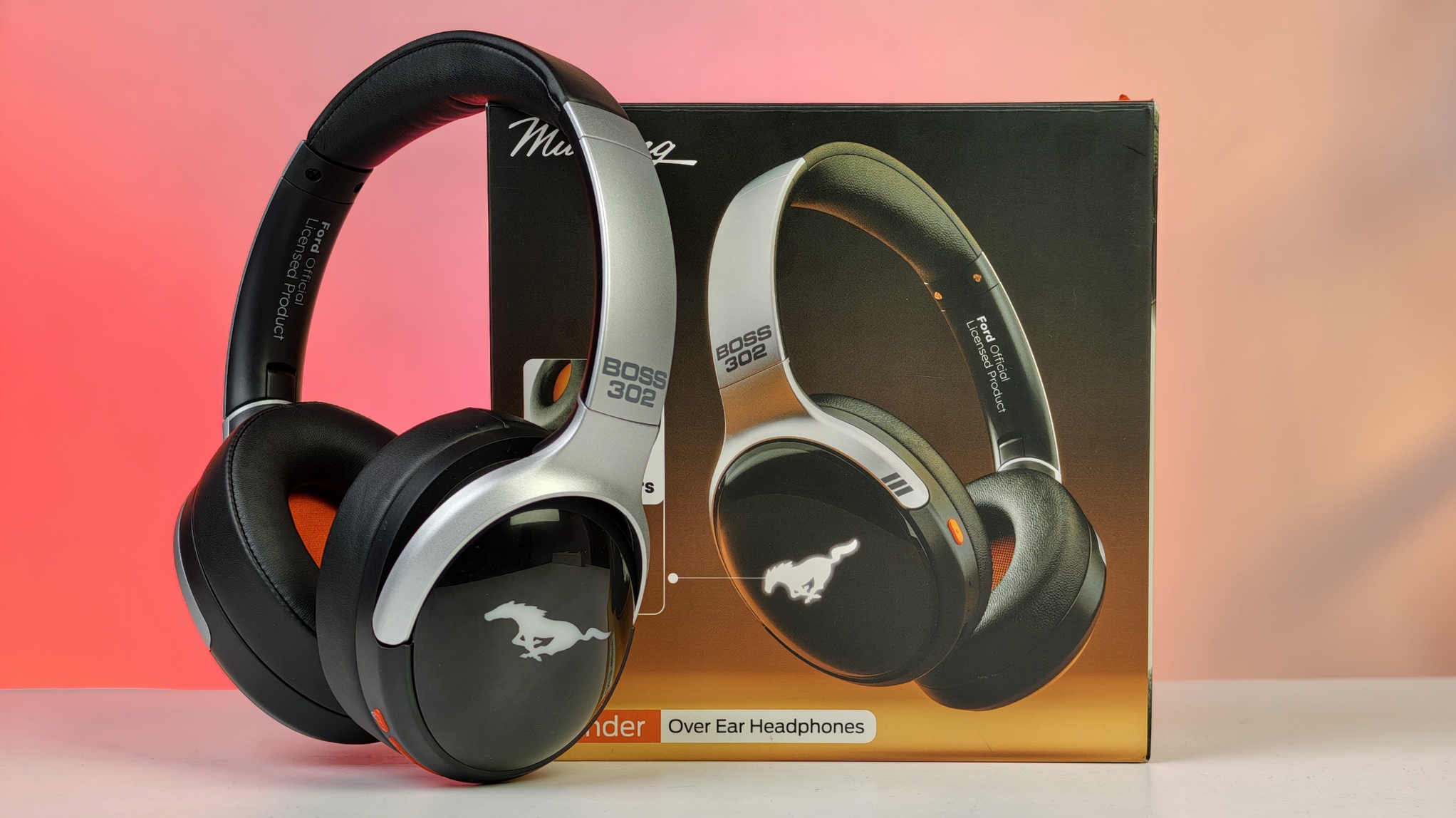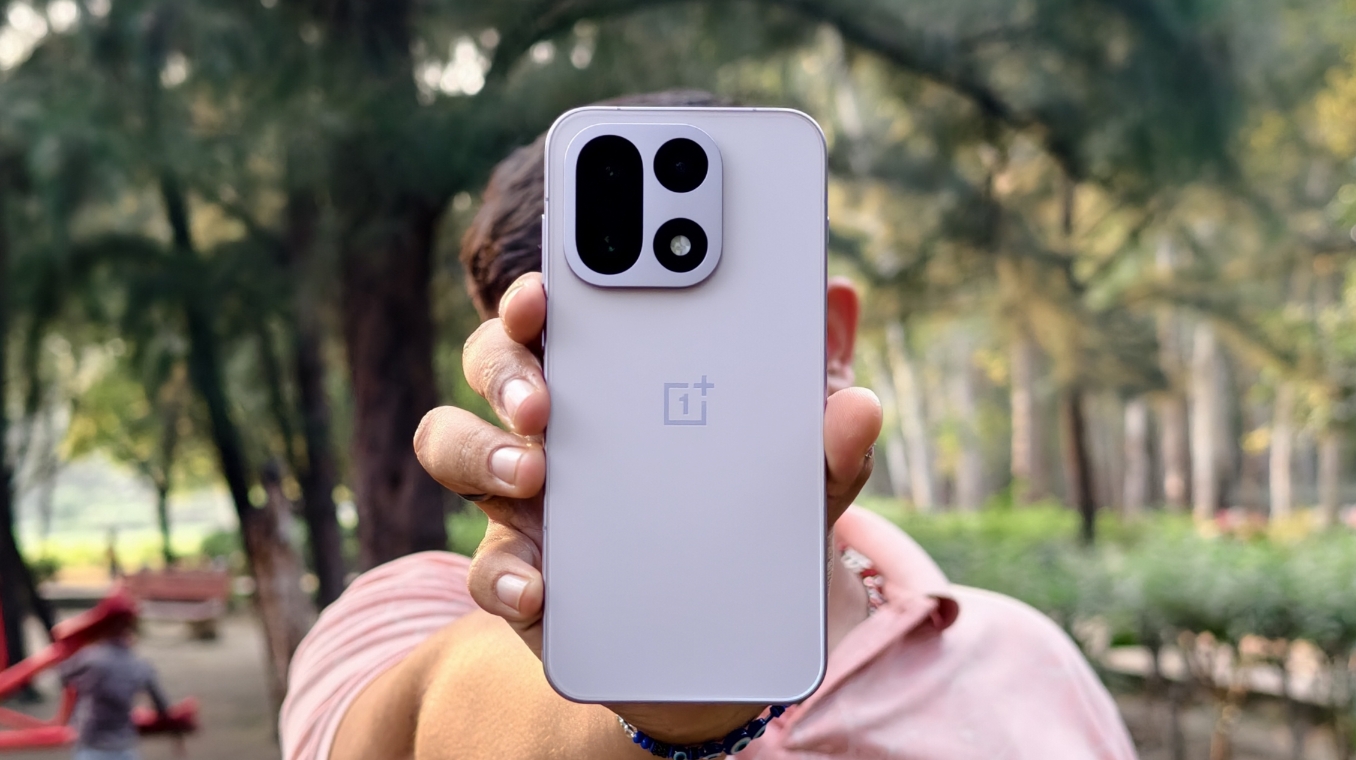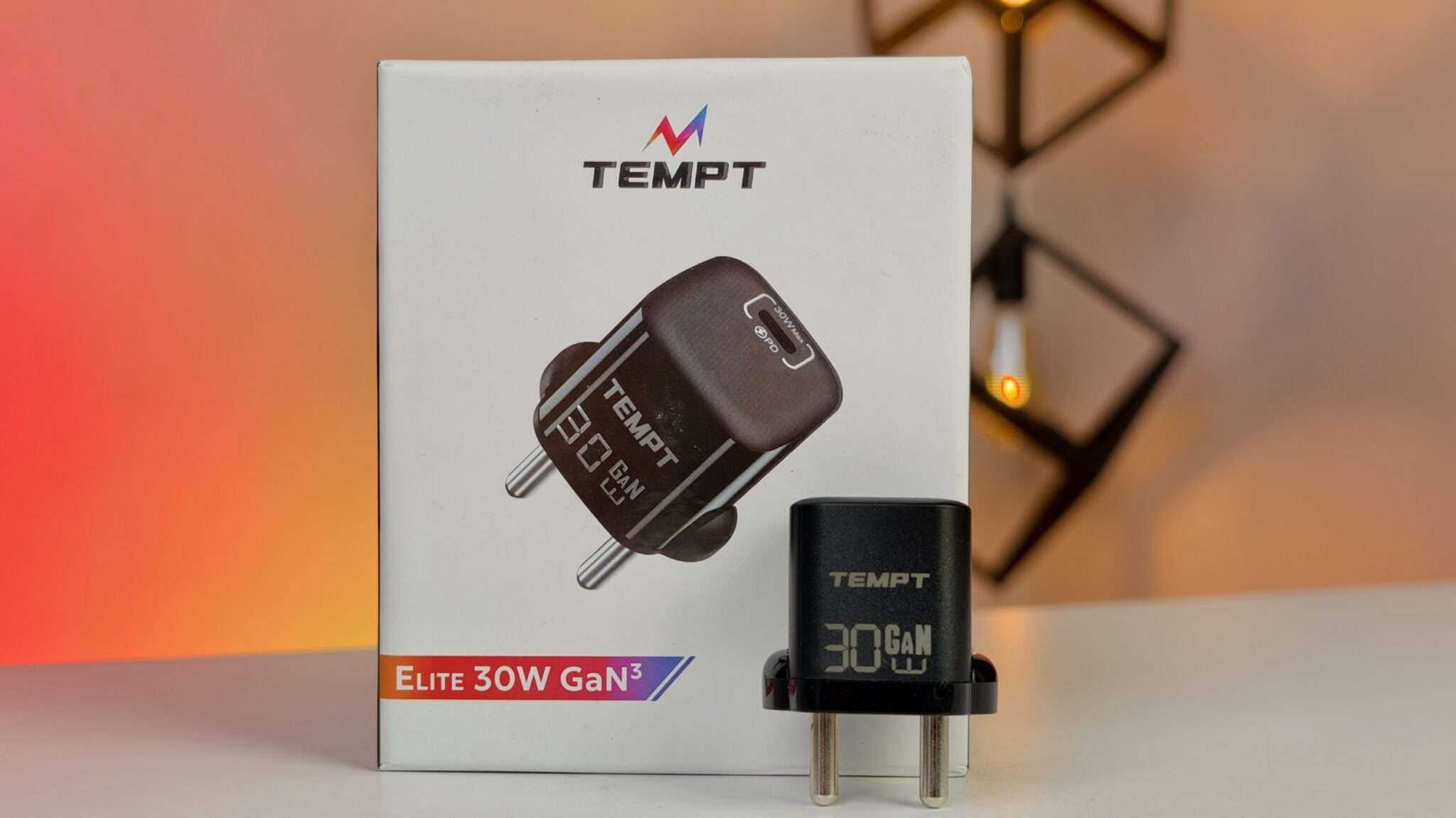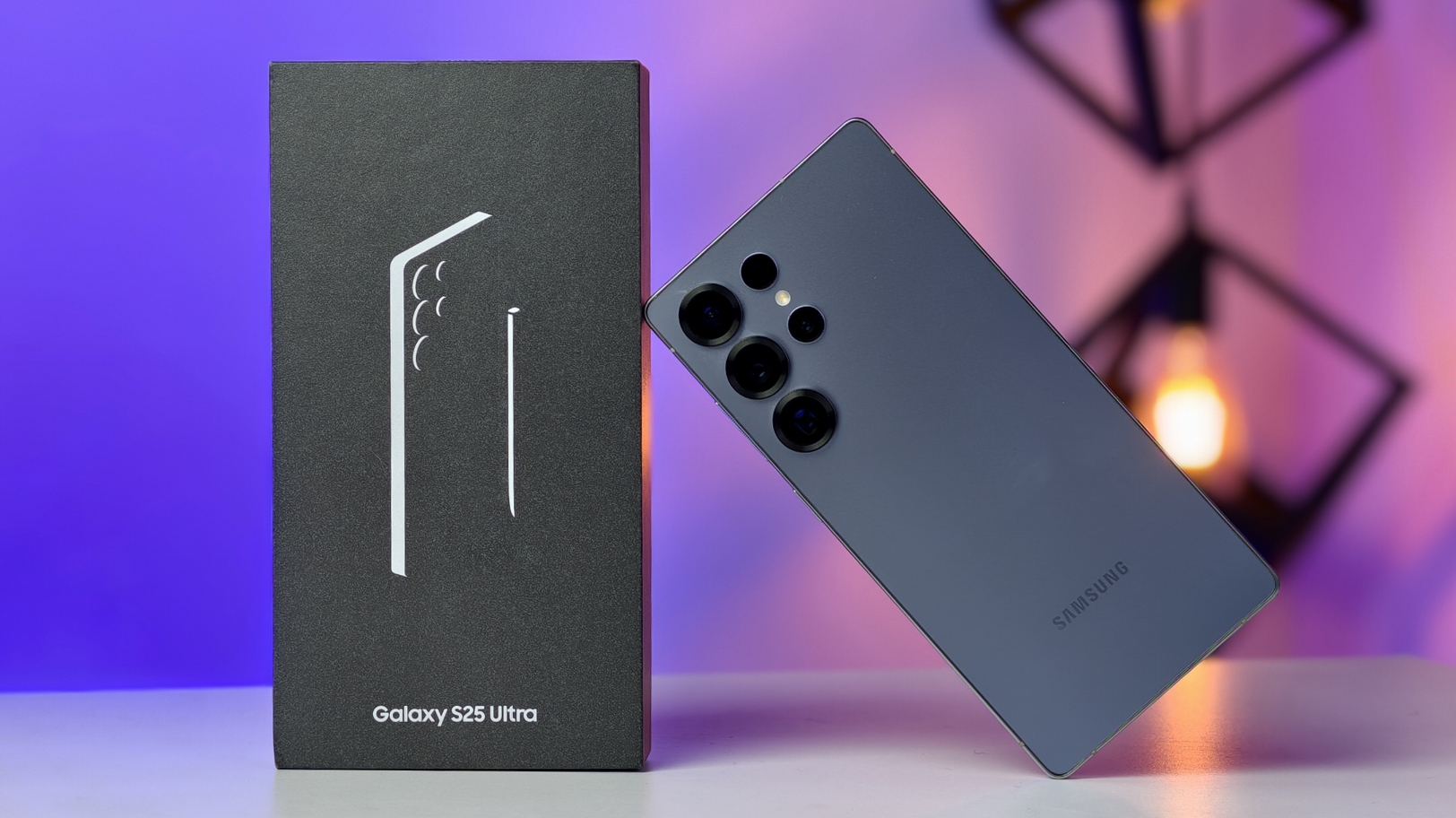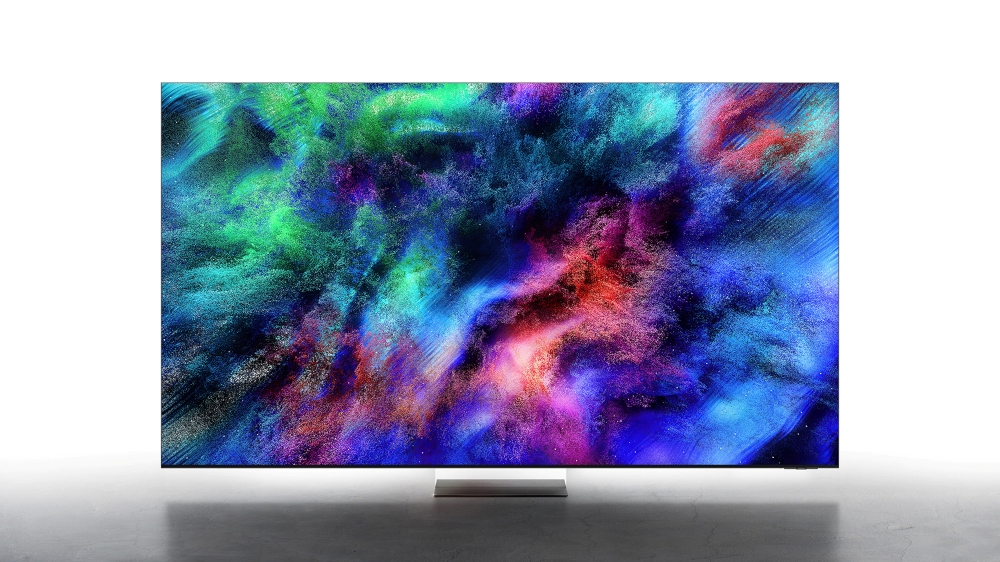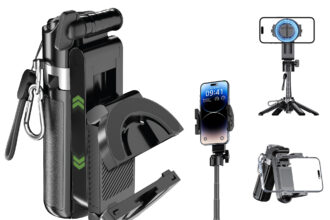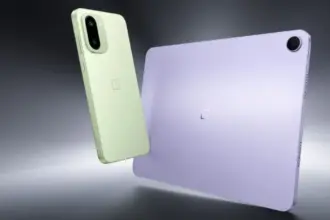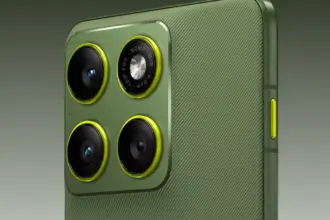The digital chatter’s been picking up: ASUS just teased the next evolution of its Vivobook lineup. And from the looks of it, they’re not holding back. The company’s preview points to a refreshed series that marries sleek, updated design with intelligent features and solid performance—all wrapped in colors that lean hard into personal flair. This upcoming wave of devices seems tailor-made to appeal across the board: students, creatives, everyday multitaskers.
Key Takeaways
- ASUS is gearing up to launch a redesigned Vivobook series with noteworthy upgrades.
- Expect sleeker aesthetics and more refined build quality.
- Performance likely sees a bump, powered by the latest processors.
- Smart personalization hints at AI-driven enhancements.
- A bolder color palette underscores ASUS’s focus on individual expression.
- A broad target audience: those craving power, portability, and personality.
Design Refined for Modern Appeal
The teaser leans heavily into the “sleek design” narrative, which suggests we’re in for a significant visual and structural revamp. Vivobooks have always struck a decent balance between looks and practicality, but this new wave? It feels like ASUS is going even thinner, lighter, perhaps more premium. We might see aluminum or even magnesium-alloy builds—something that feels upscale without dragging down portability.
And the color direction is interesting too. ASUS calls out “vibrant colours that match your vibe,” and that’s not just fluff. It sounds like we’re moving beyond the typical grayscale. Maybe we’ll see subtle pastels, moody tones, or bold, energetic finishes—options that let your laptop reflect a bit more personality than usual.
Comfort matters, too. And ergonomics often get overlooked until they don’t. So it’s a safe bet ASUS will double down on full-size keyboards with solid key travel, along with generously sized touchpads. And even though cooling isn’t the flashiest spec, it’s crucial—especially in thinner designs. ASUS’s IceCool thermal tech might make another appearance, quietly keeping things chill while you’re knee-deep in back-to-back tasks.
Performance Ready for Demanding Tasks
When ASUS says “powerful performance,” the implication is clear: expect the latest from Intel or AMD under the hood. Modern chips are more than just faster—they’re smarter, too. More cores, better clock speeds, and integrated graphics that don’t flinch at daily workloads.
For folks needing a bit more oomph—casual gamers or early-stage content creators, say—some models might come equipped with discrete GPUs. Maybe NVIDIA, maybe AMD. Either way, the extra graphics firepower would make a noticeable difference.
And then there’s the AI angle. It’s not just a buzzword anymore. With processors now bundling Neural Processing Units (NPUs), AI acceleration could be baked into everyday actions. Think smoother photo edits, smarter video calls (hello, noise suppression and auto-framing), and systems that quietly optimize themselves in the background. Throw in fast SSDs, healthy amounts of RAM, and we’re looking at machines that can keep up with whatever your day throws at you.
Intelligent Personalization and User Experience
“Smart personalization” is one of those phrases that could mean a lot of things—but here, it probably means your laptop will try harder to meet you where you are.
That could mean onboard software that adapts performance or display settings based on your habits. Or tools that automatically tweak audio for your workspace. ASUS has already dabbled in things like AI-enhanced noise cancellation, webcams that adjust lighting on the fly, and ambient-aware screen brightness—so this next generation will likely build on that.
With Windows 11 underneath, features like Windows Copilot come into play, too. It’s a kind of built-in assistant that can handle everything from drafting summaries to offering creative suggestions. And then there’s security—likely improved, with fingerprint readers or facial login options becoming more standard than premium.
All of this feeds into a smoother, more personalized experience that tries to get out of your way and just work.
Immersive Displays and Audio
Displays have always been a strong point for ASUS, and the Vivobook line is no exception. OLED panels, wide color gamuts, and crisp resolutions are already on the table. With this refresh, it’s reasonable to expect high-refresh-rate options—90Hz or 120Hz—especially useful for motion-heavy visuals like video playback or gaming.
Expect thin bezels and good peak brightness levels, too. ASUS knows how to do immersive, and they seem keen to double down on that.
Sound matters, too, and ASUS tends to partner with audio experts like Harman Kardon. If that collaboration continues, users can expect balanced, distortion-free audio. Throw in enhancements like Audio Booster, and the whole entertainment experience gets a lift. Whether you’re on a call or watching a show, it’ll sound just a bit better than you might expect from a mainstream laptop.
Connected and Ready for the Day
Connectivity is another big deal—and here, expectations are high. Support for Wi-Fi 6E or even Wi-Fi 7 isn’t far-fetched, especially for future-proofing. Ports should include a mix of USB-C (hopefully with Thunderbolt), USB-A, HDMI, and maybe even a microSD reader for good measure. No one wants to live life through dongles.
Battery life? That’s always a tricky promise, but ASUS seems committed to full-day usability. And if you do run low, quick-charge capabilities should get you back up and running fast. Between efficient chips and power-smart software, it seems like these new Vivobooks are designed to keep pace without the constant outlet hunt.
Market Position and Anticipated Impact
Vivobooks have always been value-driven, straddling the line between budget and mid-range with confidence. But this “bold new” push feels like ASUS trying to edge upmarket just a bit—offering more design polish and smarter features without pushing out of reach.
That means we might see some overlap with users who typically eye higher-end machines but don’t need everything that comes with those price tags. If ASUS nails the execution, this could be a savvy move to capture more of that middle ground.
A well-rounded spec sheet, paired with stylish design and adaptive tech, could position this Vivobook refresh as a serious contender for anyone not sold on pricier flagships.
What to Expect Next
Details are still under wraps, but it won’t stay that way for long. ASUS tends to follow up teasers with more formal reveals—maybe during an industry event or a streamed launch. That’s when we’ll get the real goods: full specs, prices, and when you can actually buy one.
Until then, what we do know suggests the new Vivobooks are shaping up to be a meaningful evolution. Not just a spec bump, but a thoughtful rethink aimed at delivering real-world value with a dose of style.
It’s not just about being bold. It’s about being better in ways that actually matter to the people using them every day.




